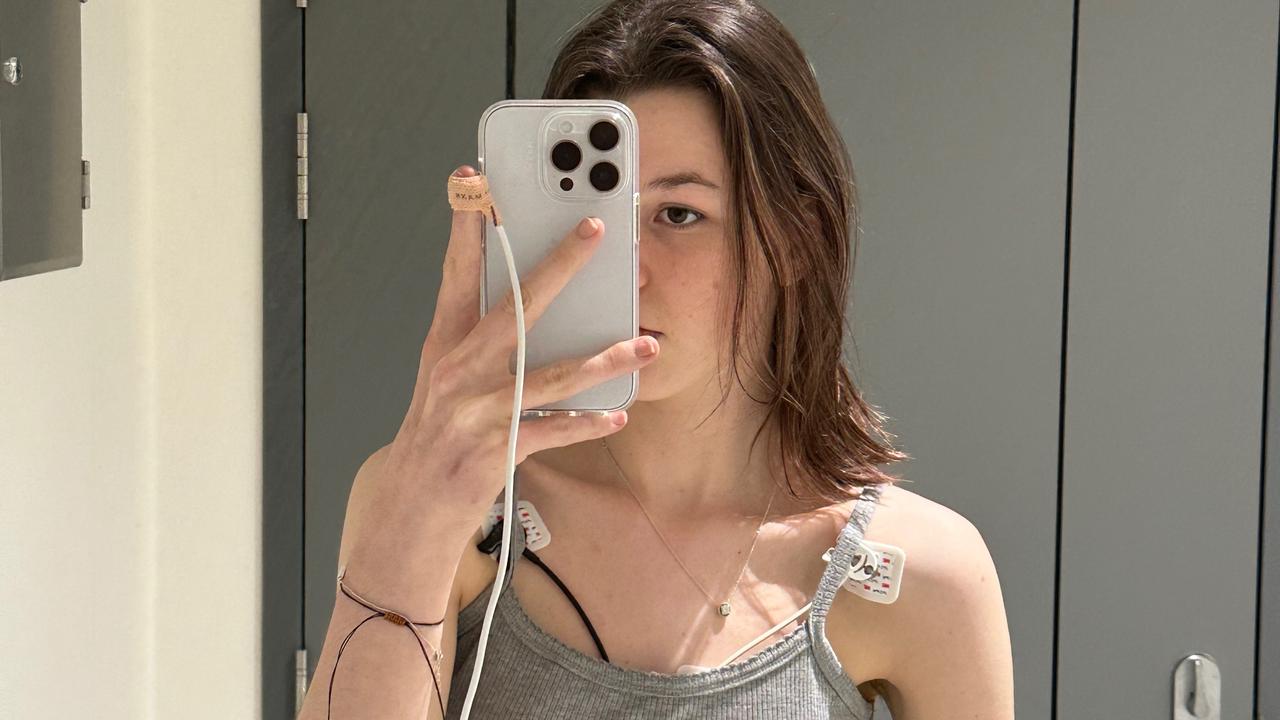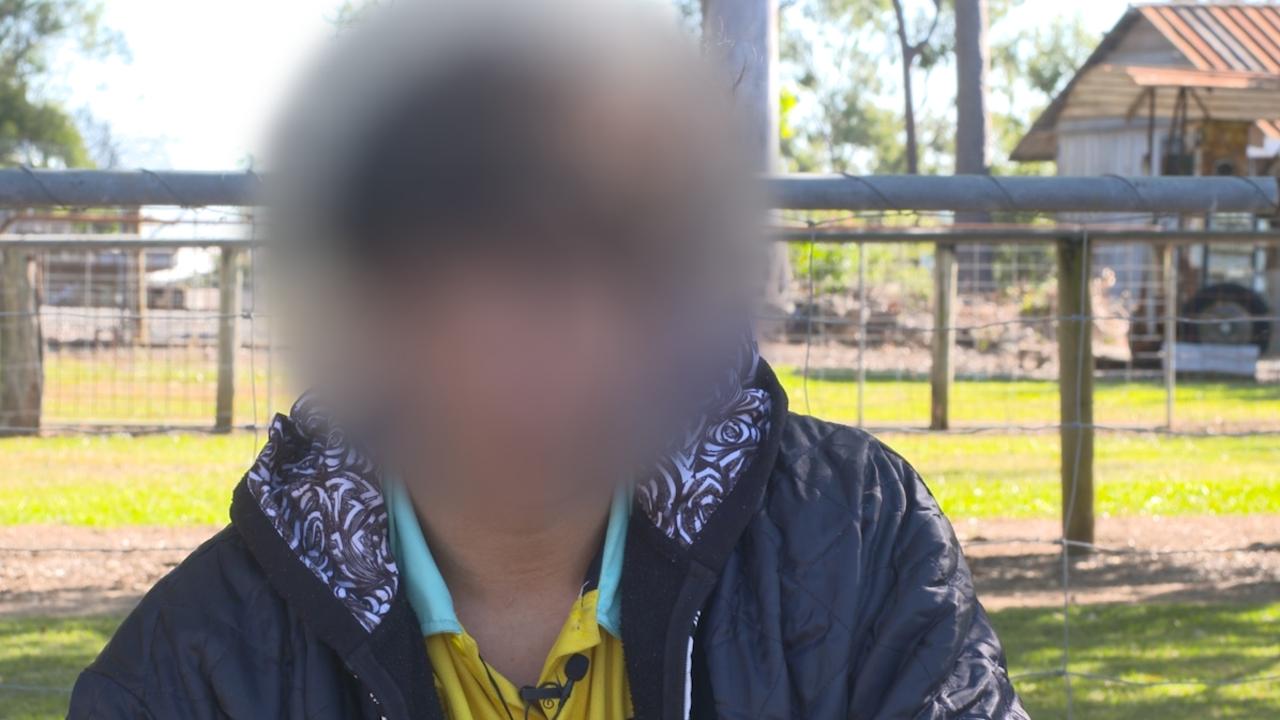SA’s close contact rules explained – how to know when you need to get a Covid test
For anyone trying to work out if they’re a close contact of a Covid case – which is most of us – it’s been a confusing few days. We answer your questions here.
There has been widespread confusion among South Australians recently about the definition of a close contact.
Since borders opened on November 23, thousands of community members were forced into isolation because of strict rules about close contact exposure sites.
The Prime Minister sought to redefine a close contact in Australia to minimise disruption to businesses and families caught up in the rules.
Under Mr Morrison’s narrowed definition, people who live with a positive case, are an intimate partner of a positive case, or is someone who has spent at least four hours indoors with an infectious person would be classified as a close contact.
The definition was meant to apply to South Australians, but SA authorities later said the description was to be “extended” significantly here. Adding to the confusion, chief public health officer Nicola Spurrier said on ABC Radio a close contact could be someone who had spent 15 minutes face-to-face with a positive case, only for Premier Steven Marshall to later that day call that a “guideline”.
On Monday, Mr Marshall validated Prof Spurrier’s comments and said anyone who spent 15 minutes indoors face-to-face with a positive case without a mask on was classified as a close contact going forward.
SA Health promised a matrix of clear guidelines on the state’s close contact rules, but it is yet to be published.
Here are the revised rules, according to SA Health officials and Mr Marshall.
What is a close contact in South Australia?
SA Health defined a close contact as:
■ Household and household-like contacts, and intimate partners of a Covid positive person
■ Those who have been in a setting where there has been significant transmission of Covid-19, and a person has had at least 15 minutes of face-to-face, indoor unmasked contact with a case.
How do you know if you are a close contact?
SA Health will still list exposure sites if there’s been “significant Covid-19 transmission” at a venue. The Advertiser has contacted SA Health about more information on how a close contact site is determined.
People should monitor SA Health’s website and social media channels for close contact sites and times of concern to determine whether they need to isolate.
SA Health will endeavour to text close contacts who have visited an exposure site.
If a friend or family member contacts you to communicate they are Covid-19 positive, you should determine whether you need to be tested and isolate based on the amount of contact you had with the person, and whether you spent 15 minutes indoors with them in a face-to-face situation without a mask on.
“That’s when we know you’ve got a very high likelihood of transmission,” Premier Steven Marshall said on Monday.
“If you’ve been indoors with someone who has Covid without a mask, you are a close contact,” he said.
Unless they fall into the 15-minute category – which includes workplaces or anywhere indoors – someone who has simply spent time at a spot where a positive case was is not considered a close contact, he said.
For example, someone who dined at a restaurant where a positive case sat four or five tables away was not considered a close contact.
“This provides the clarity that I think a lot of people were asking for,” Mr Marshall said.
Symptoms should be monitored regardless.
When pressed on why the strict 15 minute rules, Mr Marshall said it would prevent infection spread.
“I think it’s going to save thousands and thousands of cases in South Australia.”
Why are our rules different?
South Australia’s chief public health officer Professor Nicola Spurrier said SA has its own way of doing contact tracing.

“We’re basically trying to focus on people’s social groups so that’s your households, household-like contacts or intimate partners,” she said.
She said the decision to extend the definition was complicated because it was a clinical public health decision.
“Beyond that it (a close contact) might be the group you are at work with a lot of the time, and then we’re also looking at transmission sites, so if we see a lot of places with multiple cases from a particular venue or a particular setting, whether that’s a church or a pub, or the like, then that will be called out for close contacts, and then of course we’ve got our vulnerable settings.”
Mr Marshall said other states had more workforce pressures, which meant they had to broaden the definition of a close contact to keep businesses functioning.



